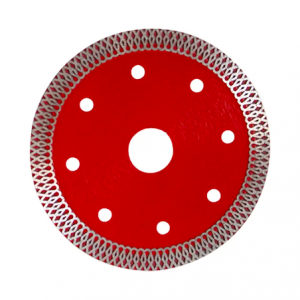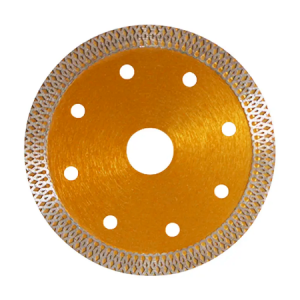Choosing the right diamond saw blade is essential to optimize the cutting process and obtain high-quality results. With so many options available on the market, it can be overwhelming to determine which blade is best for your specific needs. This guide will provide you with valuable insights and tips to help you make an informed decision.
1. Know your cutting material: Before purchasing a diamond saw blade, it is crucial to consider the type of material you will be cutting. Different blades are designed for specific materials such as concrete, asphalt, granite or marble. Knowing your cutting material will ensure you select inserts with the proper diamond concentration and combined hardness for optimum performance.
2. Assess blade size: Please note blade specifications to ensure compatibility with your cutting equipment and project requirements. Key factors include insert diameter, arbor size and maximum depth of cut. Choosing the wrong size or specification can result in inefficient cutting and possibly even damage to your equipment.
3. Determine the diamond grain size: The diamond grain size determines the wear resistance of the insert and its suitability for different materials. Higher grit sizes (coarser diamonds) are better for softer materials, while lower grit sizes (finer diamonds) are better for harder materials. When selecting the proper diamond grit size, consider the hardness and composition of the cutting material.
4. Choose the right bond: Bonding of the blade is critical to ensure its durability and effectiveness during the cutting process. Hard bonds are ideal for cutting soft materials, providing maximum efficiency and extended blade life. Conversely, a soft bond is better suited to harder materials, resulting in a smoother cut and less blade wear. Evaluate your cutting materials and choose accordingly.
5. Assess blade quality: Purchasing a high-quality diamond saw blade is essential for both safety and performance. Look for a reputable manufacturer that specializes in diamond tools and has a proven track record of delivering reliable products. Consider factors such as blade life, cutting accuracy, and heat and wear resistance.
6. Learn about speeds and feedrates: Optimized speed and feed rates ensure efficient cutting while maximizing blade life. Follow the manufacturer's recommended guidelines and adjust accordingly for the specific material you will be cutting. This will prevent damage to the blade and guarantee a clean, accurate cut.
7. Consider application and budget: When choosing a diamond saw blade, consider the frequency of use and the size of the project. If you need to use the blade occasionally, a mid-range option might be suitable. However, for frequent, heavy-duty applications, it may be more cost-effective to invest in high-quality blades in the long run.
in conclusion:
Selecting the right diamond saw blade is a critical decision that can significantly impact cutting performance and project outcomes. By considering factors such as cutting material, insert size, diamond grit, bond type, quality, application needs and budgetary constraints, you can confidently select an insert that meets your requirements. Remember to prioritize safety, reliability and efficiency to ensure a successful cutting experience.
Post time: Jun-21-2023


